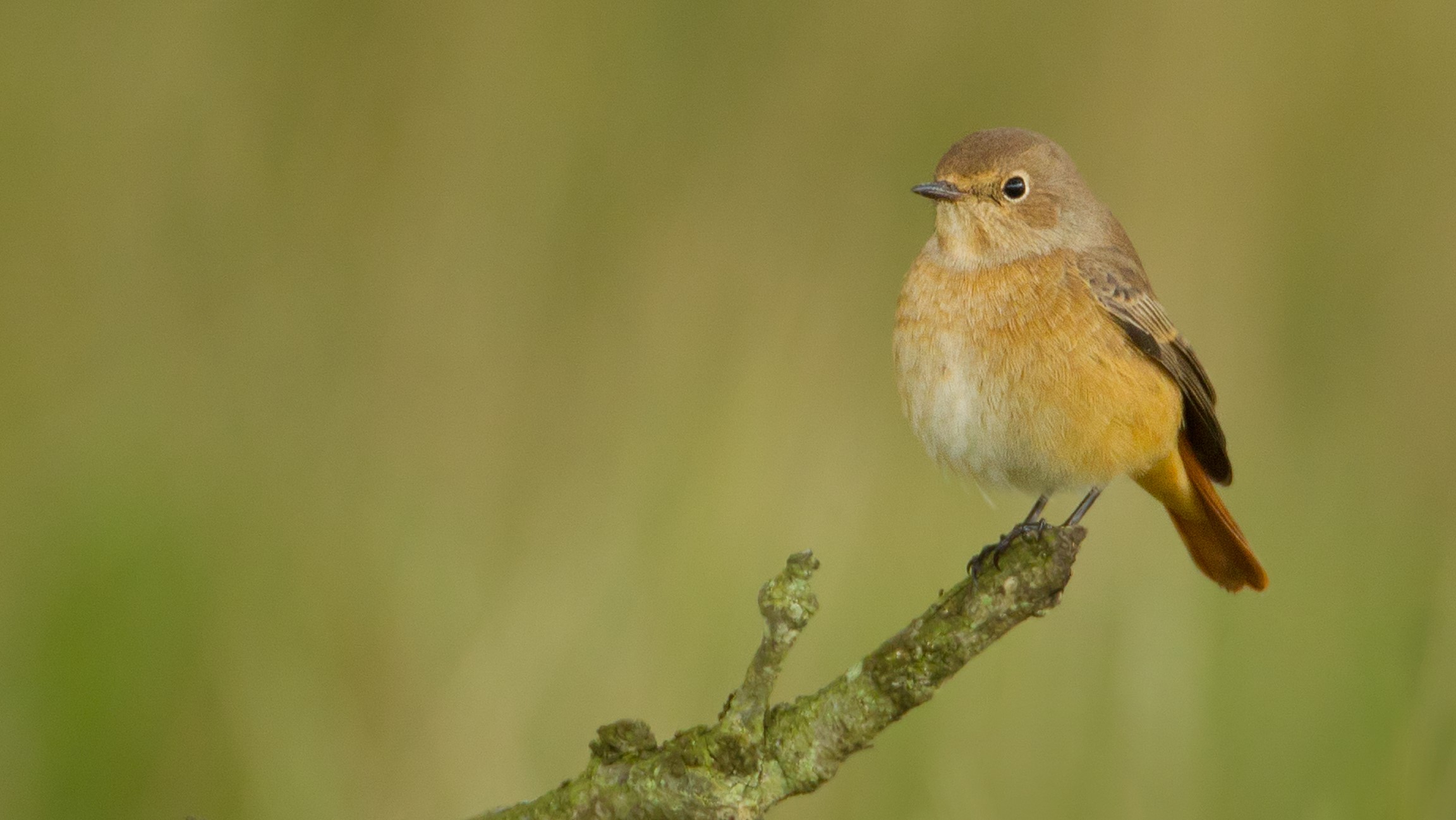
BirdTrack migration blog (25–31 August)
In the first half of August, many birdwatchers were focused on the sea, with high numbers of shearwaters and petrels stealing the show. Last week, however, attention turned to passerines (perching birds) as we moved further into the autumn migration season.
Reports of warblers increased, with Lesser Whitethroat, Reed Warbler, Sedge Warbler, Blackcap, and Chiffchaff all seeing a jump in reporting rates as we reached the peak time of their passage. At this time of year, only adult male Blackcaps sport the black cap of the species’ name; female and all juvenile Blackcaps have rusty brown crowns. The female-type plumage of young male birds means they avoid territorial aggression from adult males immediately after fledging. As the young males start to moult into their adult-type plumage, though, you may spot the occasional black feather in their cap.
Reports of Willow Warbler began to fall away as we left their peak migration period behind. In their place, Chiffchaff numbers started to increase, with fresh-plumaged juvenile birds often outnumbering adult birds. This species’ sweet-toned, rising ‘hweet’ call is a good way of locating birds, especially in dense late-summer vegetation, and their habit of dipping their tail downwards as they flit amongst the branches can help separate them any straggling Willow Warblers.
The run of easterly winds at the end of last week and into last weekend saw migrant birds arriving along the east coast. Among the warblers were a few other passerine species also expected at this time of year, including Redstart, Spotted and Pied Flycatcher, and Whinchat. Indeed, several locations saw not only all of these species on the same date but often multiples of each. The main arrival occurred on Friday, with reports of Pied Flycatchers increasing as birds continued to arrive throughout the day.
Amongst these commoner migrants, there were the inevitable scarcities; Wrynecks and Red-backed Shrikes were the commonest, with around 20 individuals of each species being seen, whilst a scattering of Greenish, Icterine, Barred, Marsh, and Blyth’s Reed Warblers was also noted. Reports of the odd Ortolan Bunting, Arctic Warbler, and three Booted Warblers hinted at what is to come over the next couple of weeks.
Wader passage continued, with a second peak of Wood Sandpiper records made up mostly of juvenile birds; the adults passed through in early August. A second pulse of Common Sandpipers during the last week will also have been made up mainly of juvenile birds undertaking their first migration. Small groups of this delightful wader were widely reported, with their distinctive flickery flight and high-pitched ‘swee-wee-wee-wee’ call helping to separate them from other small waders. Although the passage of Curlew Sandpipers doesn’t peak until mid September, the last week nonetheless saw an increase in reports, with birds widely scattered across the country.
Whilst the weather felt more like summer than the previous few weeks, the first flurry of Teal and Wigeon did begin to arrive, ahead of the coming winter. Most of these birds are now in ‘eclipse’ plumage, a type of transitional plumage seen in wildfowl between midsummer and autumn.
During this period, the birds moult all their flight feathers, rendering them temporarily flightless and particularly vulnerable to predators. To increase their camouflage, males take on the browner, more dowdy female-type plumage, which can make it seem as if all the drake ducks have disappeared! It can be very difficult to separate males from females, and in some cases, even the species of oddly plumaged birds can be tricky to identify. Male birds will regain their ‘normal’ plumage in October, when many species begin bonding behaviour and pair up for the breeding season the following year.
Looking ahead
The weather forecast for this weekend and next week seems to be changing by the hour. At the moment, it looks to be a mixed bag of sunshine and showers – something we have seen a lot of this summer.
As we head into the weekend, a low-pressure system will be centred over the north of Scotland, bringing winds from the north down the western coasts and across much of Northern Ireland. The rest of the country will see these winds swing around in a more westerly direction, as they spin in an anti-clockwise direction around the low pressure.
These winds aren’t the most conducive to bird migration, but we could see passage waders like Spotted Redshank, Curlew Sandpiper, and Ringed Plover arriving from the north as they take advantage of the tailwinds.
Wintering wildfowl such as Pintail, Teal, and Wigeon – also arriving from the north – are likely to turn up, and no doubt a few seabirds will be seen along the western coasts. Look out for skuas and terns, especially.
As the weekend progresses, the low pressure is due to sink south and east into the North Sea. It will bring continued westerlies for most parts, and a band of showers will reach western parts of Britain and Ireland on Sunday.
This means that seabirds will once again be the main focus along the coasts of Ireland and south-western Britain; with many large shearwaters still being seen in the North Atlantic, it is a good bet that both Cory’s and Great Shearwaters will be reported along with bigger numbers of Manx Shearwaters and the occasional Sooty Shearwater.
From next Tuesday, another low-pressure system is forecast to sweep in from the Atlantic along the English Channel, bringing with it stronger winds and rain. For the most part, these winds will be westerlies in the southern half of Britain, but more northerly parts will see the winds coming in from the east, bringing another wave of migrating passerines to the east coast.
This is likely to include common warblers such as Lesser Whitethroat and Chiffchaff, but more Pied Flycatchers, Whinchats, Redstarts and Yellow Wagtails are likely to be in the mix as well. There may also be the odd rarity seen, such as an Eastern Olivaceous Warbler.
Many wader species will be on the move no matter the weather; this time of year is particularly good for seeing Ruff, which can turn up anywhere from inland lakes to coastal estuaries. They often flock together, with the larger males looking to be a different species from the smaller females, which are known as reeves.
The remnants of Tropical Storm Emily which will be crossing the North Atlantic over the latter half of the weekend may bring an American vagrant species to our shores. With unusually high numbers of Cliff Swallows in Newfoundland, and a couple seen already on the Azores, could one make it just that bit further?
This time of year also has a history of producing Yellow Warblers, with two seen on the same date in August 2017 in Portland and County Cork. A repeat would delight a few birders, I am sure.
Send us your records with BirdTrack
Help us track migration amidst an outbreak of avian influenza.
Submitting your sightings to BirdTrack is quick and easy, and gives us vital information about our breeding and migrating birds.
Find out more

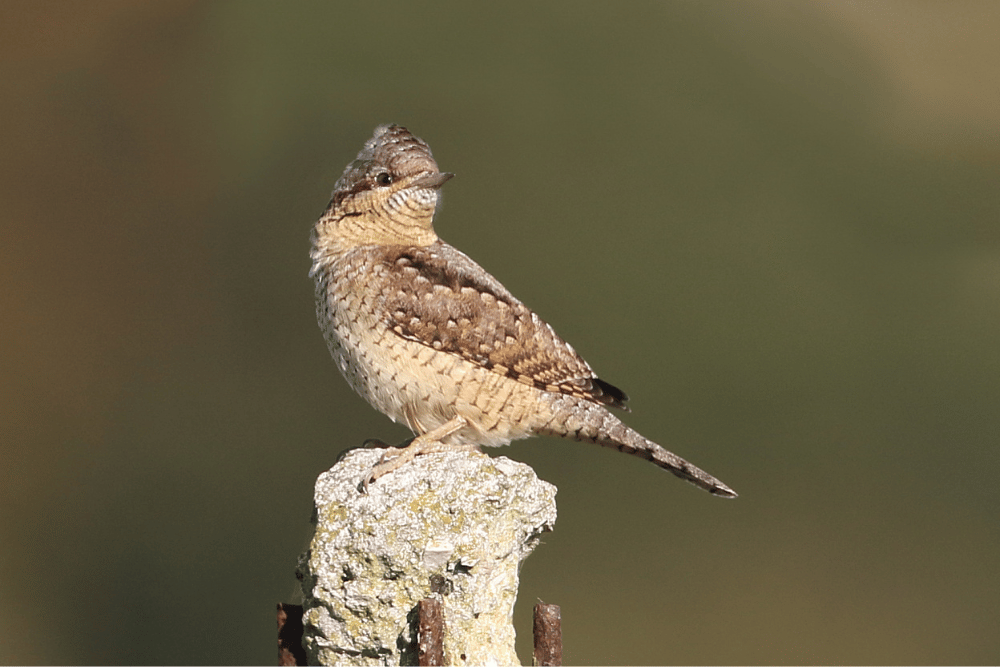
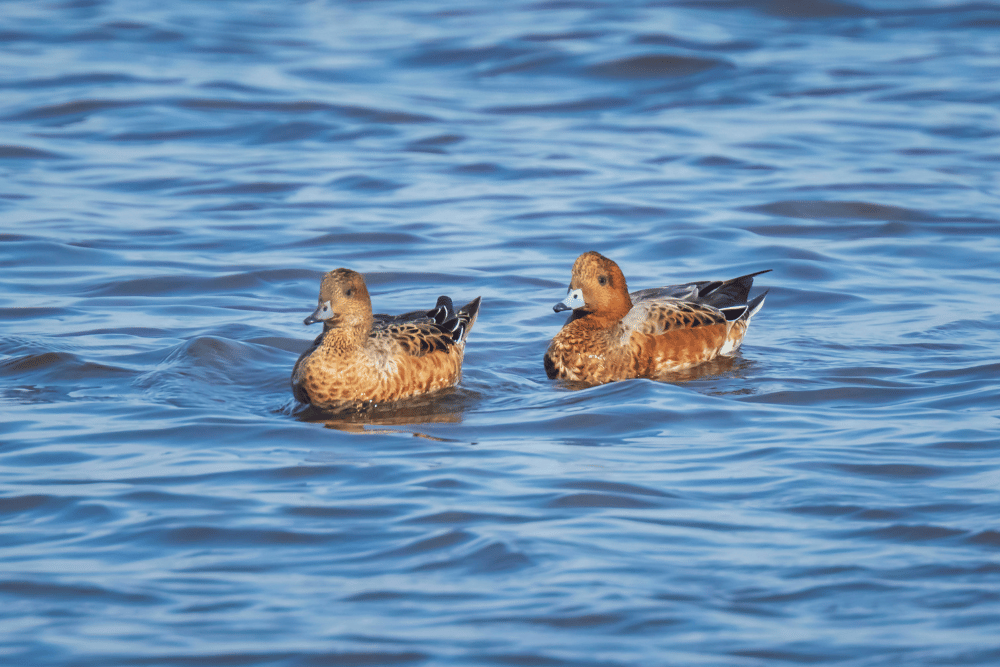
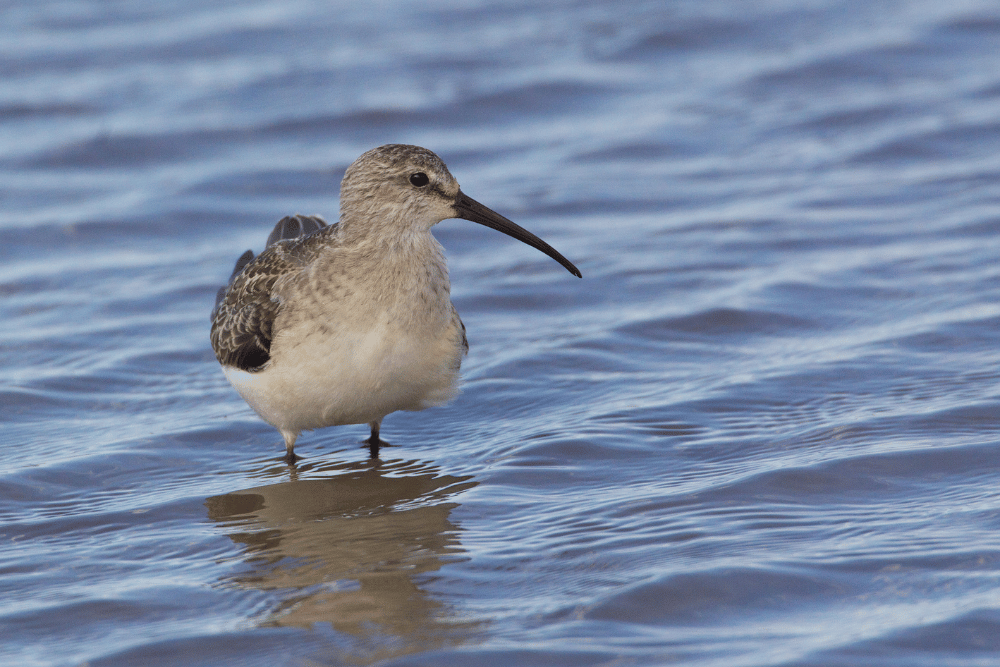
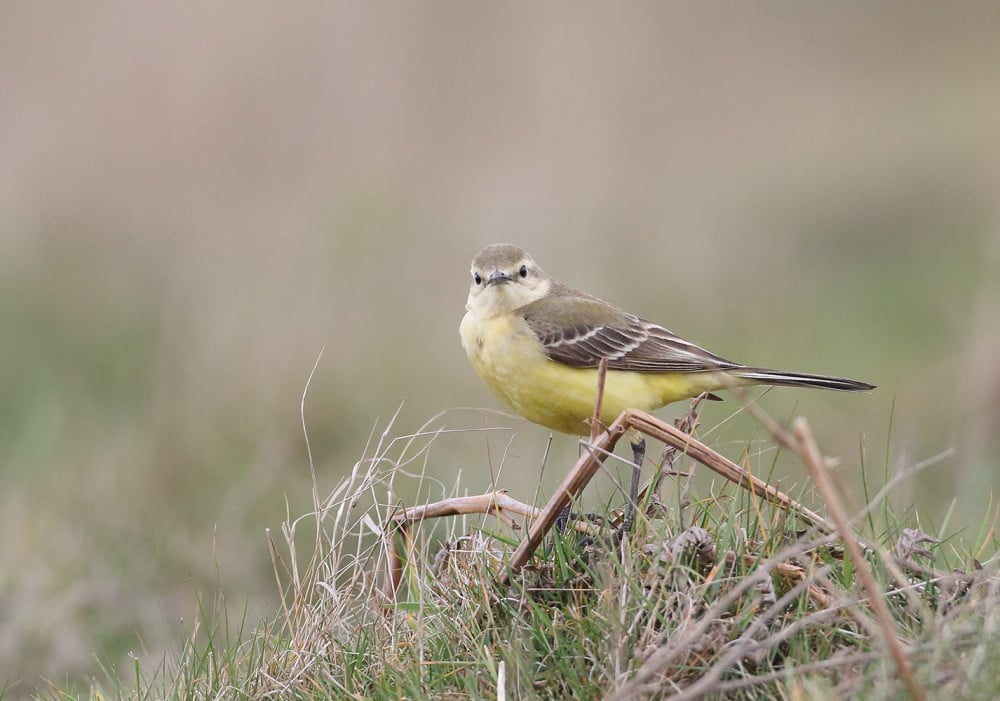
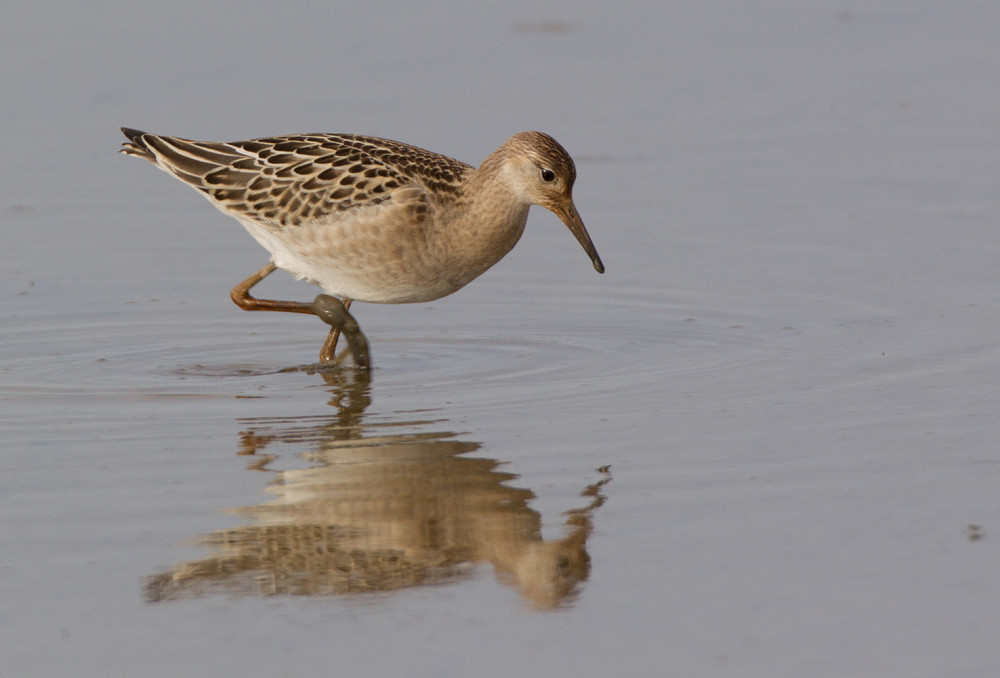
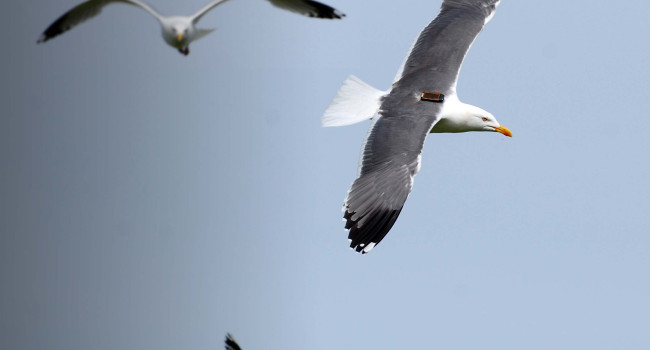
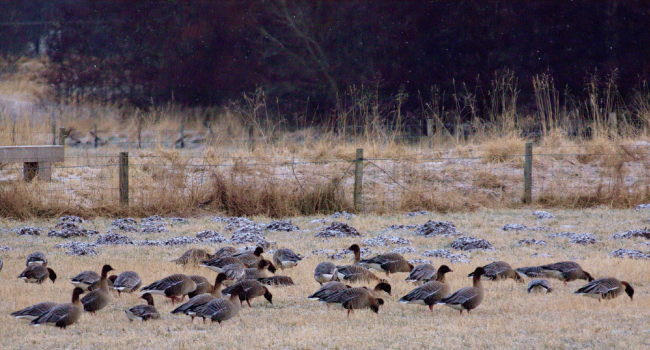
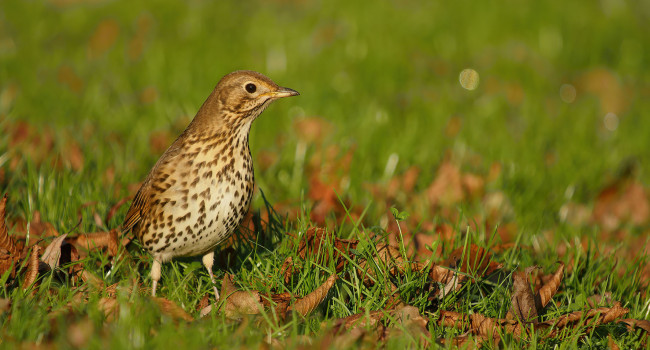

Share this page